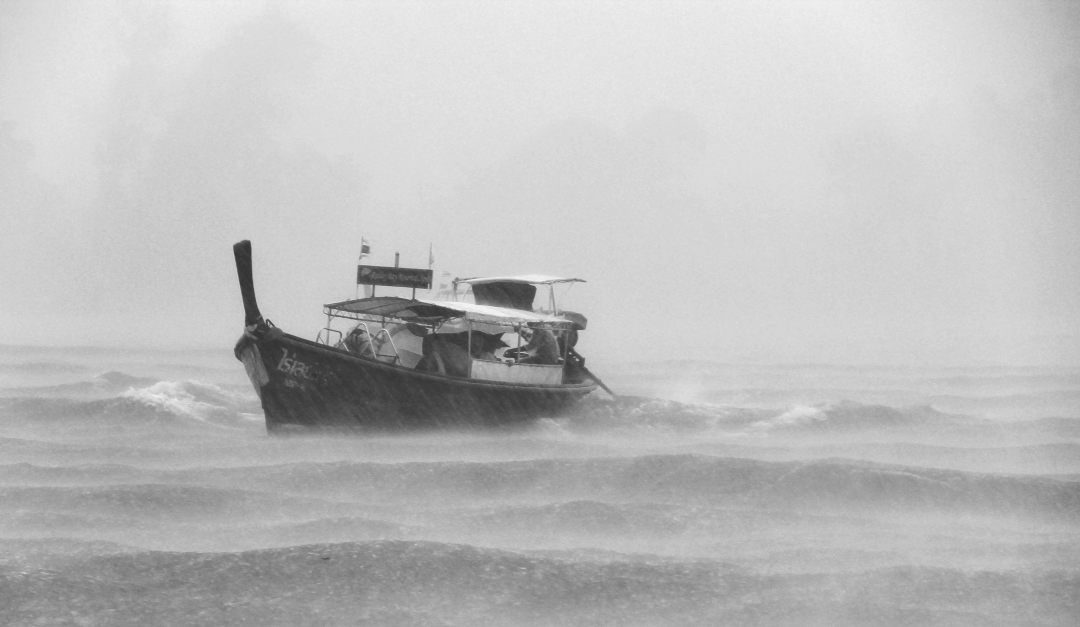It may be only January and far from hurricane season, but no time is too early for hurricane preparation. Now is an excellent time to think of a plan when it comes to protect all the things that are important to you, including your boat. Dockside Power is here to explain how to properly secure your boat for hurricanes. These tips are also suitable for preventing damage in strong storms and other inclement weather that may threaten Hollywood. Our company specializes in a dock power pedestal.
Protect Your Boat
Did you know that five square yards of flat surface generate 10 pounds of pressure in a 10-knot breeze? At 30 knots, the same 5 yards creates 90 pounds of force, and at 100 knots, 1,000 pounds. This scary fact is sure to get you concerned about the safety of your vessel floating in nearby water. Think of storms like Michael, Matthew, Irma, and Wima. All of these powerful storms struck Florida hard and caused devastating damage. Imagine how many boats were destroyed during these storms. The marinas turned into graveyards of fallen boats.
Thanks to new technology, floating docks are a lot safer to use in hurricanes then they were previously. Although storm-engineered floating dock systems can survive Category 4 hurricanes, that does not necessarily make them safe. When you see something that states waters are “protected,” it really just refers to a quarter mile wide by a half-mile long area that is thought to be safe from storms. But are they really safe? This term only technically includes 8-foot seas in 100-knot winds. A mild tropical storm can drop a yard of rain that easily surpasses the 8-foot mark.
Tips for Hurricane Preparation
- Hurricane dry storage facilities may offer annual contracts to store boats during storms that threaten the area.
- Assume that at least one piling, cleat, or line will fall. Because of this, give each line a mate running in the same direction but attached at different places on the boat and dock. In order to counter the rising tide, bypass the closest cleat in favor of the one that is further. Set an anchor across the marina, and pull the ride tight with the windlass. Hang all fenders.
- If a boat is on a trailer, get the vessel as close as you can to a strong building or something that will break wind. Avoid trees, power poles, and construction sites that can create flying debris. Place blocks beneath the trailer frame on both sides of the wheels. Deflate the tires completely.
- When a boat is on a lift, lower it to two feet and tie the boat as if it were in a slip. Then raise the lift to put tension on those lines. Secure the boat to the lift.
- Stay away from open anchorages. “Hurricane holes” that we use to snug boats into now have waterfront homes with boats, and anchoring in open water does not work. No matter how good your ground tackle is, someone else’s will fail and cause a chain reaction. That boat will take out another, and they will both drift into a third. After a storm, we see hundreds of boats in clusters on the shore as a result of this devastating process.
Ask About Our Dock Power Pedestal
We know everything you need to know when it comes to hurricane preparation. Dockside Power, Inc. was established to provide the ultimate solution to the marine power requirements of marinas and homes. With over 40 years of experience in marine power, we custom design dock power pedestals unique to your needs. All products are manufactured at our location in Hollywood. Contact us today to get all the necessary information you need in regards to pedestals and marina requirements. We are here to help!

